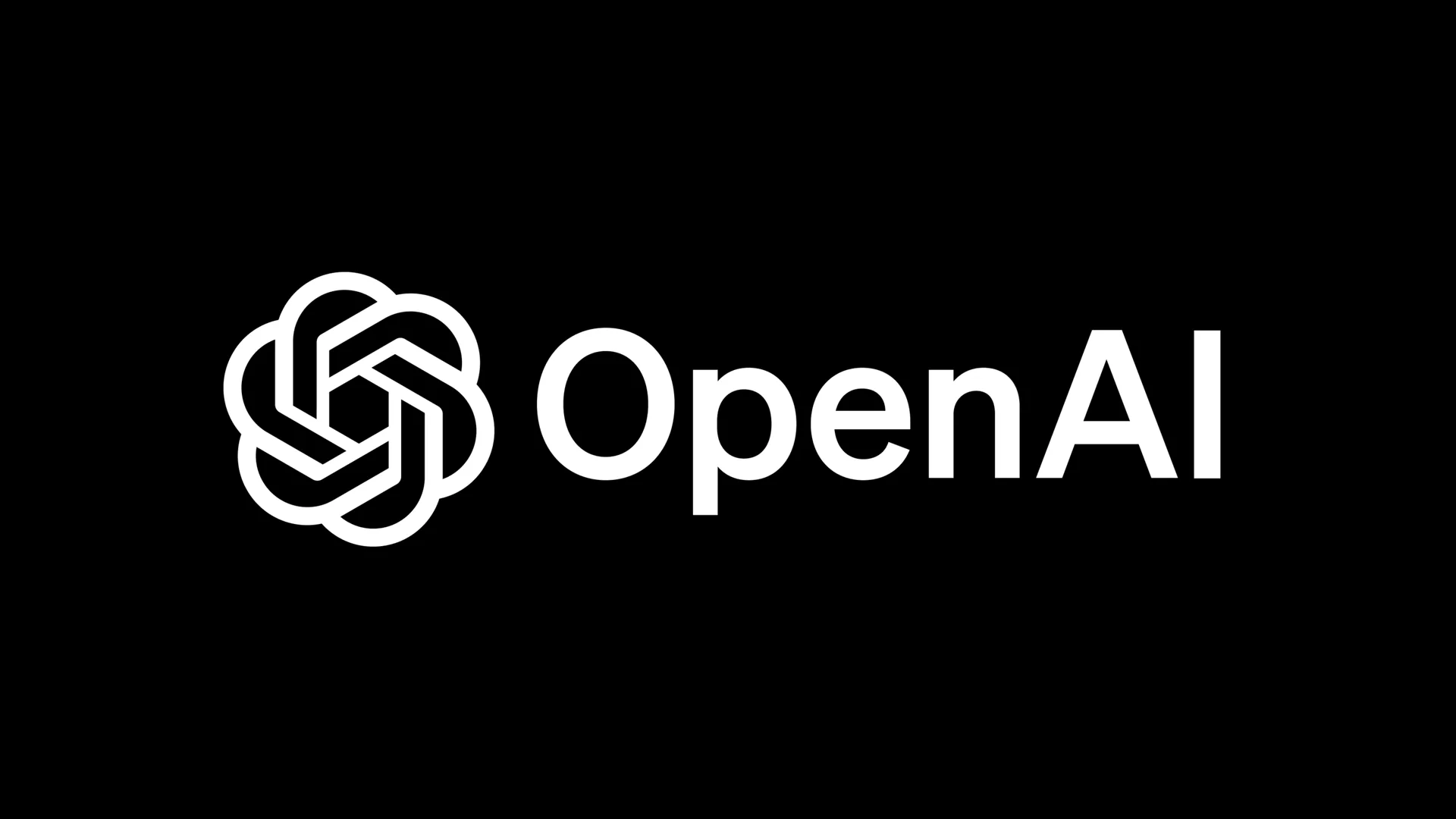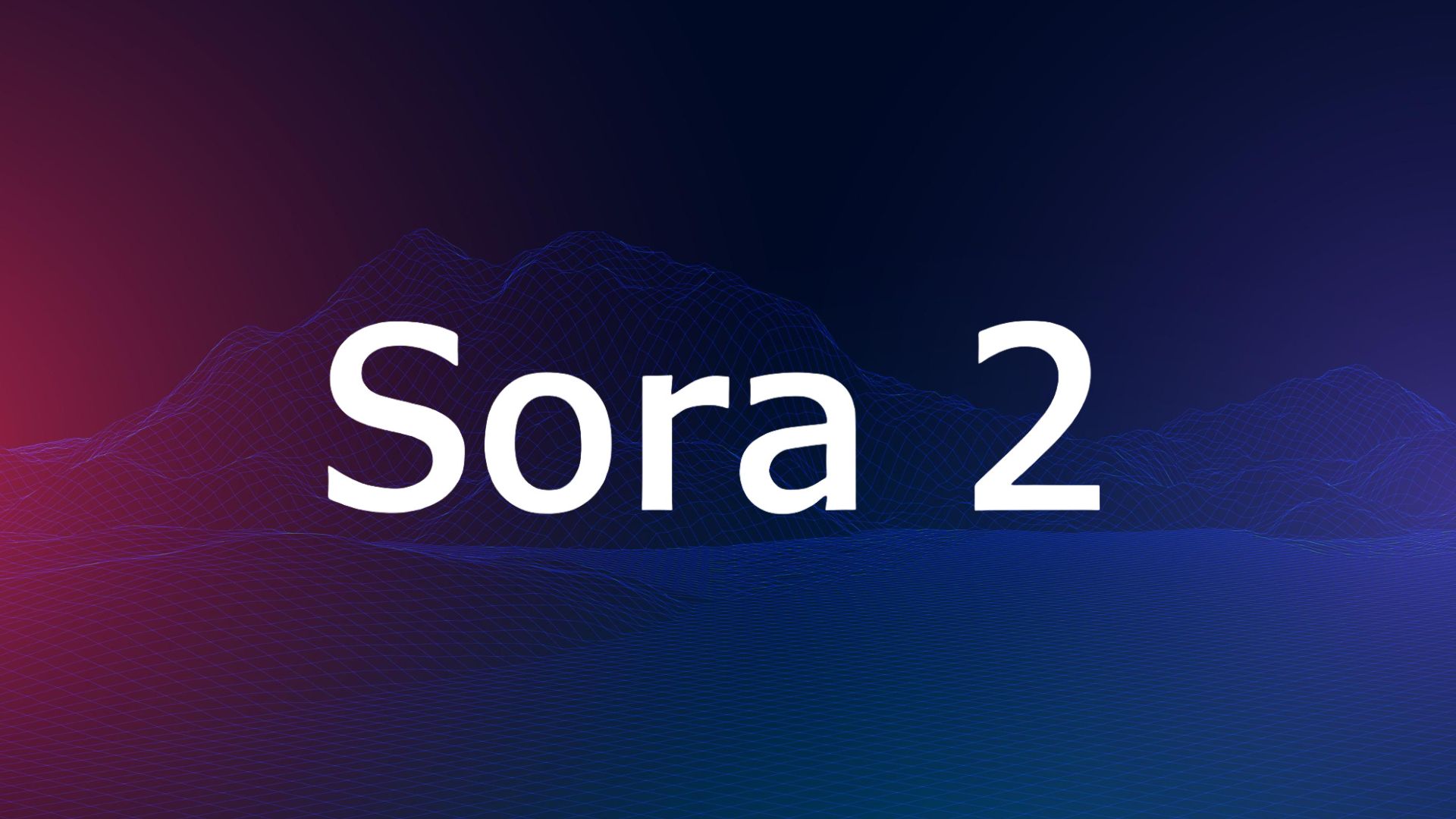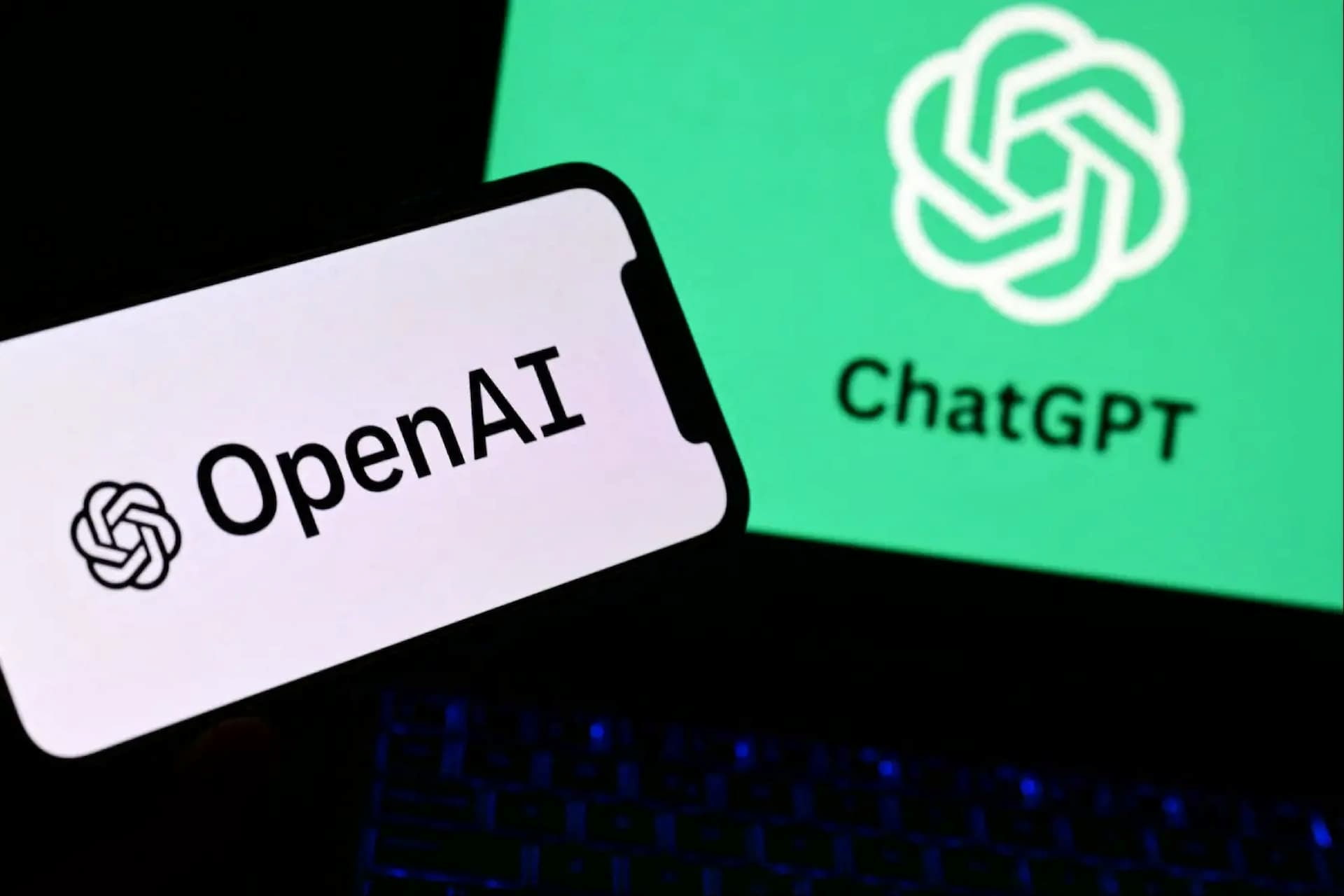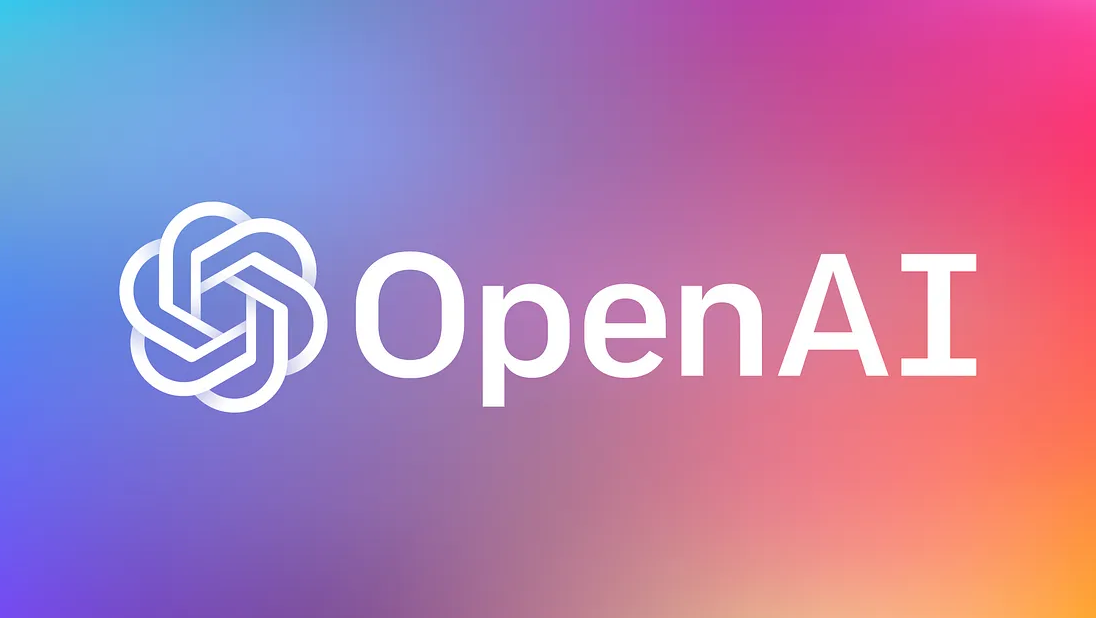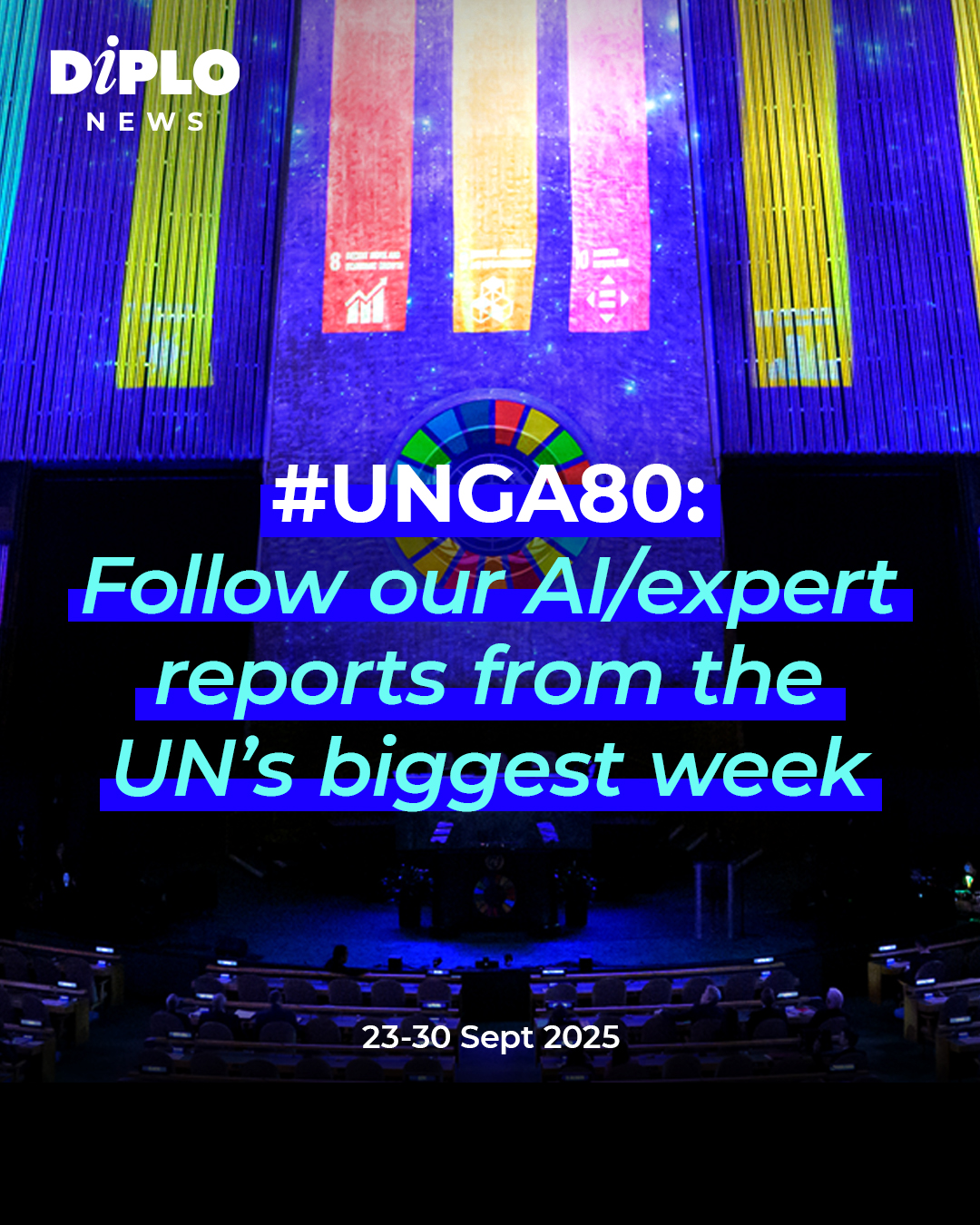Japan’s Digital Agency partners with OpenAI to integrate AI into public services, enhancing efficiency and innovation. Gennai, an OpenAI-powered tool, will enable government employees to explore innovative public sector applications, supporting Japan’s modern governance vision.
The collaboration supports Japan’s leadership in the Hiroshima AI Process, backed by the OECD and G7. The framework sets global AI guidelines, ensuring safety, security, and trust while promoting inclusive governance across governments, industry, academia, and civil society in Asia and beyond.
OpenAI is committed to meeting Japan’s rigorous standards and pursuing ISMAP certification to ensure secure and reliable AI use in government operations. The partnership strengthens trust and transparency in AI deployment, aligning with Japan’s national policies.
OpenAI plans to strengthen ties with Japanese authorities, educational institutions, and industry stakeholders. The collaboration seeks to integrate AI into society responsibly, prioritising safety, transparency, and global cooperation for sustainable benefits.
Would you like to learn more about AI, tech and digital diplomacy? If so, ask our Diplo chatbot!


